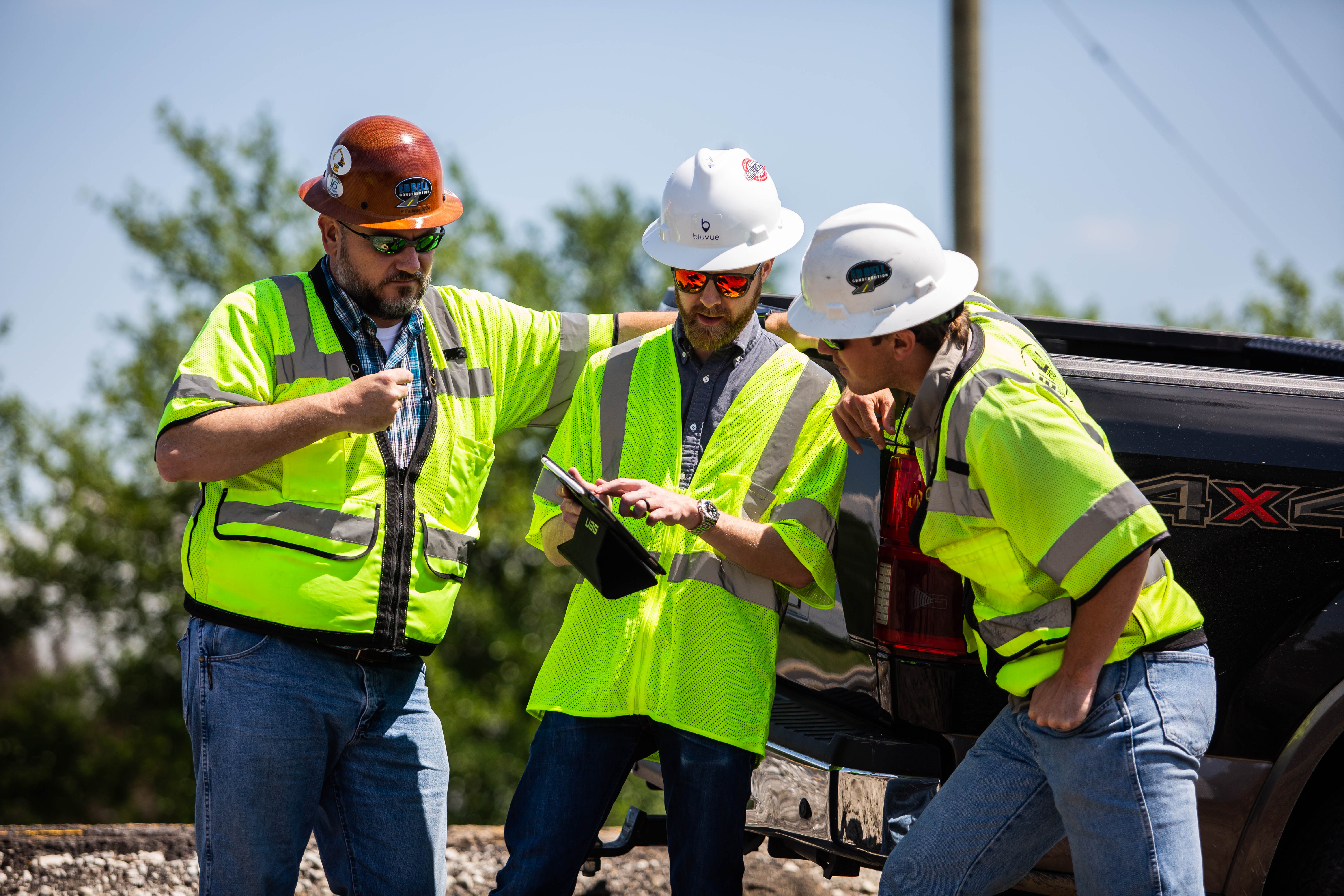
It’s no secret that we live in the most technologically advanced society that the world has ever known. We receive information instantly and internationally. Many people work remotely, and we all communicate digitally. Technology has greatly improved many construction firms nationwide, helping them impact communities more efficiently and effectively. But compared to other industries, the construction industry as a whole has quite a bit of catching up to do in regards to digital innovation. According to the McKinsey Global Institute, the construction industry is one of the least digitized industries of all.
Our industry is rooted in years of expert skilled labor and trusted methods, leading to a lag in digital implementation on the jobsite. JB Knowledge reports that 40% of construction companies are still using paper plans on the job, and half of all construction professionals manually prepare and process daily reports. Of those that do adopt some sort of digital support, only a small percentage make it a part of their day-to-day work. According to PlanGrid, just 18% of firms report consistently using mobile apps for on-the-job collaboration. Not only is this traditional, sans-digital method less efficient, it also keeps the industry stuck in the state it always has been.
This delay in adopting new technology is the norm, as it keeps construction firms functioning in a comfortable, familiar fashion. According to JB Knowledge, nearly 60% of construction companies are not investing in any new technologies.
Of the 40% of companies that have reported digitization implementation efforts, not all have received positive outcomes. In fact, according to PlanGrid, 36% of construction professionals cited the reason technology failed in their firm was because of poor fit with current processes and procedures.
This is in part due to internal opposition. JB Knowledge reports that 40% of construction firms say new technology has not been implemented due to lack of support, followed closely by budget concerns at 37%, and employee hesitance at 32%.
Sure, this tradition has brought our industry to where it is today. But in order to continue to make an impact in our communities, we must take action and move toward the potential that it could be, rather than stay with what we know. We need some inertia behind this initiative.
Now is not the time to fall back on time-tested methods of years past. To move the industry forward, we must make an industry-wide effort to innovate digitally. Taking the step toward a technologically advanced industry will take more than purchasing new programs. It will require full buy-in across all departments and levels.
But the upfront work will be well worth it.
If construction companies begin incorporating more innovative solutions, earnings and further advancement opportunities will be endless. In fact, according to Accenture, Artificial Intelligence has the potential to increase the construction industry’s profits by 71% by 2035.
But we don’t have to wait that long to see positive results from innovative action today. Within 10 years, as reported by the World Economic Forum, full-scale digitization could lead to savings of up to $1.2 trillion (or 21%) in the Design/Engineering and Construction phases and $.5 trillion (or 17%) in the Operations phase.
We at I Build America – Ohio are eager for this innovation, but we need your help.
If you’re a part of the industry already, talk with your team about making a shift toward digitization.
If you’re interested in joining the construction industry, you have the opportunity to make a major impact. It’s those of you in the younger, more tech-savvy generations that will be the true driving force of this initiative. Come prepared to every job interview with solutions to move the industry forward. You’ll prove your forward-thinking mind and help propel our industry forward.
Together, we’ll modernize our industry and make an even greater impact on our communities.